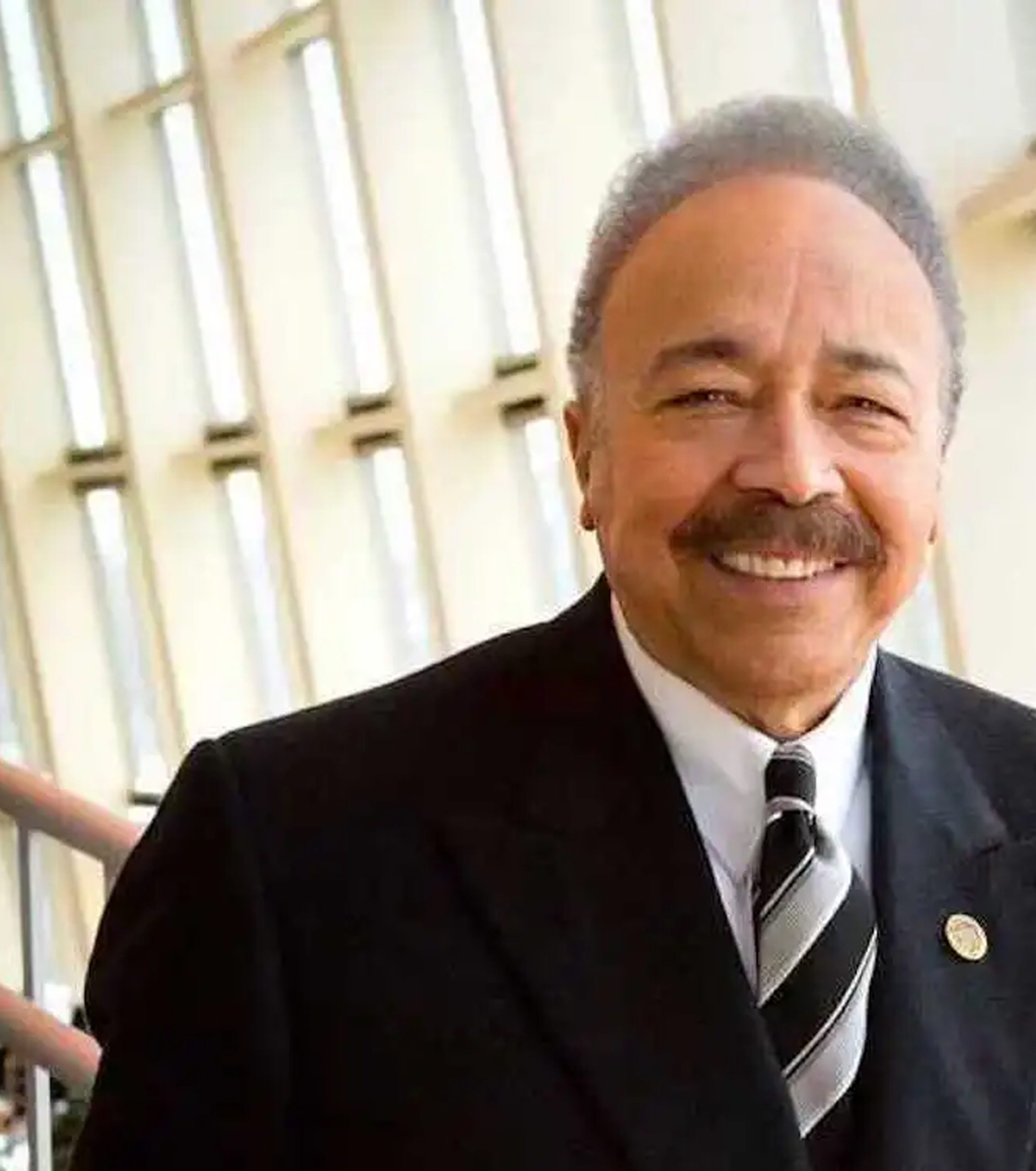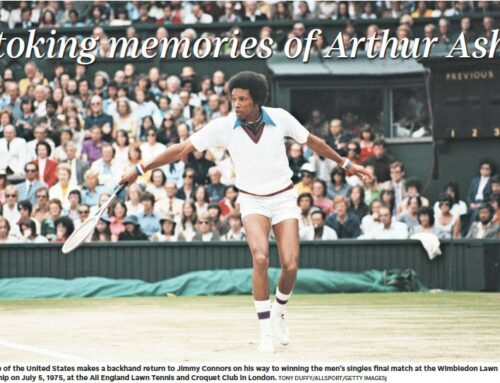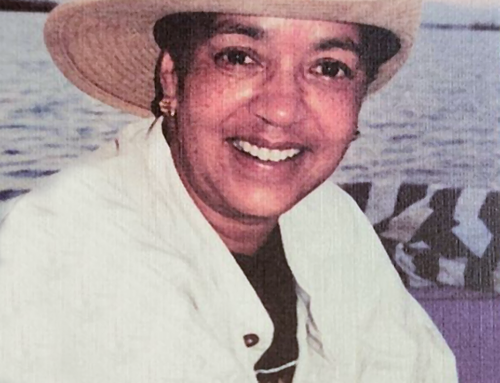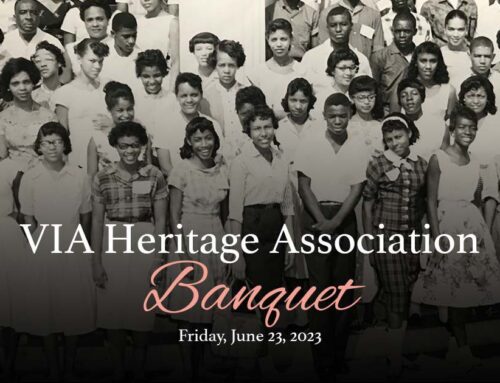In 1978, Dr. William R. Harvey grabbed hold of a struggling diamond-in-the-rough, small Black college in Hampton, Virginia, and fashioned it into a sparkling jewel of higher education. As a journalist and a proud graduate of the then Hampton Institute (Class of 1964), I marveled at the moves Harvey made to skirt the racial barriers of that time. And I applaud the determination, resourcefulness, and brilliance he showed, as he enhanced the image – and endowment – of my “Home by the Sea,” now known as Hampton University. On June 30, Harvey, one of the nation’s longest-serving college presidents, steps aside after 44-years. A farewell retirement celebration is scheduled for June 11.
“When I first came here, I was very interested in Hampton continuing its tradition of being an outstanding undergraduate school,” Harvey said. “But I also wanted to create a new paradigm – doing world class research. In the spring of 2008, we launched a $140 million weather satellite in a research project on the ionosphere. It is the first time that an historically Black college (HBCU) had 100% control of a NASA mission.”
Under Harvey’s direction, Hampton initiated 92 new degrees, including 12 doctoral programs; erected 30 new buildings; launched four satellites, which are currently flying in space; and built a state-of-the-art weather antenna that can detect hurricanes and storms up to 2,000 miles away. Students can seek on-hand experiences in space exploration and research in pharmaceuticals, prosthetic devices, cancer and other hi-tech scientific arenas.
“In a single generation … Hampton has transformed from a small Black college into a world class research institution,” former President Barack Obama noted during his 2010 Hampton commencement speech. “That transformation has come through the efforts of many people, but it has come through President Harvey’s efforts, in particular, and I want to commend him for his leadership.”
Shortly after Obama agreed to speak at Hampton, he summoned Harvey to the White House and named him chairman of the President’s Board of Advisors on Historically Black Colleges and Universities by executive order, which provided $96 million in new funding for HBCUs and additional funds to all college students who qualify for Pell Grants. Over the years, Harvey also was appointed to national boards by six U.S. presidents and led important community and educational initiatives in Virginia.
Harvey’s office wall is adorned with photos of him with nearly every U.S. president since Jimmy Carter (1976-80). Harvey enjoyed warm, cooperative relationships with some Republican leaders, including both former presidents George H.W. Bush and George W. Bush, and George Allen, former governor of Virginia. Some Black leaders called his friendships with Republican leaders “too cozy,” and were incensed when Bush Sr., who had vetoed the Civil Rights Act of 1990, gave Hampton’s 1991 commencement address.
Says Harvey: “My father (Willie) taught me to be an independent. He used to say there are some good people and some scoundrels in both parties. Given the fact that I am African American and most African Americans are Democrats the criticism is understandable. But it does not deter me because I support people, not political parties. I have actually given more to Democrats than Republicans. But anyone who doesn’t understand the value of having the president of the United States come to your campus is delusional. Just like the president of Harvard University invites Democrats and Republicans, I (invited) Democrats and Republicans to Hampton because Democrats and Republicans govern this country.”
A native of Brewton, Alabama, Harvey holds degrees from Talladega College, Virginia State University, and a doctorate in college administration from Harvard University. He took the reins at Hampton when it was in a financial quagmire. Its endowment had dipped from $38 million to $29 million because of deficit spending.
Harvey said that Arthur Howe, Jr., the grandson of Hampton founder and Union Gen. Samuel Chapman Armstrong, was on the Board of Trustees when he arrived. “The grandson called for Hampton to close and cease to exist as an institution of higher learning,” Harvey says. “The grandson said (Hampton) should be turned into a prep school. I suspect that I was chosen (president) because I indicated that I would run Hampton like a business for educational objectives, using management techniques, management policies and practices. I put a stop to deficit spending immediately. There were some who did not like the decision because some of their spending was curtailed. Did I mind? Not at all. If you are a private school into deficit spending, the only place you can take money from is your endowment, which should be inviolate.” Harvey leaves with Hampton’s endowment estimated near $400 million.
Harvey also expanded and diversified the athletic programs for students to pursue. Besides the staples – i.e., football, basketball, baseball and track & field – Hampton students now compete against teams in women’s tennis, men’s and women’s golf, men’s lacrosse, women’s volleyball, women’s triathlon and co-ed sailing. Four years ago, Harvey withdrew Hampton from the predominantly Black Mid-Eastern Athletic Association (MEAC) to join the predominantly white Big South conference. In July, Hampton will move to the Colonial Athletic Association (CAA), which includes William & Mary of nearby Williamsburg, Virginia, New Jersey’s Monmouth University and New York’s Stony Brook University on Long Island.
“The move to the Colonial Athletic Association is the next step in the evolution of Hampton University athletics,” Harvey says. “In the CAA, our student athletes will spend less time traveling and more time in classes on campus. They can keep the proper focus on academics, which is our chief reason for being. It also will allow us occasional contests against institutions in the northeast in several of the nation’s top media markets.”
More than 36,000 students graduated from Hampton during Harvey’s tenure, a vast improvement from Hampton’s first 20 graduating classes, which totaled 723 graduates. Under his mentorship, 17 of Harvey’s professors and administrators became presidents of colleges/universities or CEOs of corporate organizations. Three years after the Civil War, Armstrong began his plan to educate freed slaves on 120 acres of farmland with a few buildings, two teachers and 15 students. The general’s goal: “To train selected Negro youth to teach and lead their people first by example, by getting land and homes to teach respect for labor … but also for the sake of character.”
At the 2020 Founder’s Day tribute to Armstrong, Harvey said, “Hampton … has a tradition of excellence, which we have had since the moment that General Armstrong set foot on these hallowed grounds. Our tradition of being excellent began with him. Not only did General Armstrong envision Hampton as a haven for the education of African Americans in 1868, but he pioneered Native American education when others did not see that need. His vision, courage and determination brought forth to fruition our beloved Hampton.”
The campus that Armstrong formed 154 years ago has become a sprawling 314-acre oasis that is bordered on the east by a scenic waterfront shoreline that runs parallel to the recently constructed student cafeteria, the president’s mansion and several men’s and women’s dormitories. Harvey’s new additions blend imperceptibly with Hampton’s historical landmarks, which includes the Emancipation Oak, designated by the National Geographic Society as one of the 10 Great Trees of the World; the Hampton University Museum (1870s), recognized as the oldest African American museum in the country, and the Hampton University Memorial Church (1886), which features a 150-foot-square tower and four-faced illuminated clock.
Harvey, owner of the Pepsi Cola Bottling Company in Houghton, Michigan, and his wife, Norma, plan to settle in the Hampton area. He is working on several book projects and will continue to support Hampton, as well as other higher education and its business communities.
“Hampton is my life,” Harvey says.





Leave A Comment